AZORES
INDEX
Search in São Miguel Island & Azores
INDEX
Search in São Miguel Island & Azores
INDEX
Search in São Miguel Island & Azores
INDEX
Search in São Miguel Island & Azores
37° 47' N; 25° 30' W
São Miguel Island nicknamed "The Green Island" (Ilha Verde) is the largest of the islands in the Azores archipelago and the largest of all the islands that make up the territory of Portugal. With an area of 748.82 km², it measures 64.7 kilometers in length and 8–15 km in width and has a population of 137,699 inhabitants (2011). It comprises the municipalities of Lagoa, Nordeste, Ponta Delgada, Povoação, Ribeira Grande and Vila Franca do Campo. On the island of São Miguel there are 64 local area authorities, that include:
Achada; Achadinha; Água de Alto; Água de Pau; Água Retorta; Algarvia; Ajuda da Bretanha; Arrifes; Cabouco; Calhetas; Candelária;Capelas; Conceição; Covoada; Faial da Terra; Fajã de Baixo; Fajã de Cima; Fenais da Ajuda; Fenais da Luz; Feteiras; Furnas; Ginetes; Livramento; Lomba da Fazenda; Lomba da Maia; Lomba de São Pedro; Maia; Matriz; Mosteiros; Nordeste; Nossa Senhora dos Remédios; Nossa Senhora do Rósario; Pico da Pedra; Pilar da Bretanha; Ponta Garça; Porto Formoso; Povoação; Rabo de Peixe; Relva; Remédios; Ribeira Chã; Ribeira das Tainhas; Ribeira Quente; Ribeira Seca (Ribeira Grande); Ribeira Seca (Vila Franca do Campo); Ribeirinha; Salga; Santa Bárbara (Ribeira Grande); Santa Bárbara (Ponta Delgada); Santa Clara; Santa Cruz; Santana; Santo António; Santo António de Nordestinho; São Brás; São José; São Miguel; São Pedro (Ponta Delgada); São Pedro (Vila Franca do Campo); São Pedro de Nordestinho; São Roque; São Sebastião; São Vicente Ferreira; Sete Cidades.
Transport
Three bus routes operate in Ponta Delgada on weekdays from 07:00 to 19:00. Line A runs in the western part of town, line B in the central/north, and line C in the east. There are bus services between Ponta Delgada and most other towns on the island, but usually only a few times a day. City services and island-wide services are both accessible along "Avenida D. Infante Henriques" and conveniently accessible from major sites in Ponta Delgada. Up to date schedules are available at bus stops and the tourist office. Distances on the island are short with journeys rarely longer than 90 minutes.
Joao Paulo II Airport (Ponta Delgado Airport) provides airline connections to all of the islands of the Azores as well as to Madeira and the mainland (namely, Lisbon, Porto, and Faro) as well as numerous international destinations in Europe and North America.
Climate
São Miguel has a mild maritime climate, which is drier in the summer and wetter in the winter, though according to the Köppen climate classification, four different climatic classifications can be found throughout the island. At lower elevations, the hot-summer Mediterranean climate (Csa) dominates over the Humid subtropical climate (Cfa) typical of the more westerly islands and truly only found around Capelas. Above 100 m (330 ft) altitude, the Mediterranean climate transitions into its warm-summer variant (Csb), and past 200 m (660 ft) the climate is strictly oceanic (Cfb).
The western half of the island is generally drier, due to the lower topography. Precipitation varies from less than 800 mm (31 in) in the Northwest coastline between Mosteiros and Ajuda da Bretanha, to over 3,200 mm (130 in) around Pico da Vara in the east.
Similar to other islands in the archipelago, São Miguel is influenced by ocean currents and winds, and, in particular, the cyclonic Gulf Stream. This stream functions as a moderating force in the islands, keeping temperatures hovering between 14 °C (57 °F) and 23 °C (73 °F) throughout the year. The island's location also makes it susceptible to some Atlantic storms, and precipitation tends to be elevated during the winter periods. Winters are very mild by European standards and summers are warm (sometimes very warm due to the high humidity) and relatively dry. Temperatures above 30 °C (86 °F) or below 5 °C (41 °F) have never been recorded at the coast.

VILA REAL;
BRAGANÇA;
BRAGA;
PORTO ;
AVEIRO;
VISEU;
GUARDA ;
COIMBRA;
CASTELO BRANCO;
LEIRIA;
LISBOA;
SANTARÉM;
PORTALEGRE;
SETÚBAL;
ÉVORA;
BEJA;
FARO = ALGARVE;
MADEIRA ISLANDS
INDEX
- MADEIRA ISLANDS
- MADEIRA ISLANDS - ISLANDS, VILLAGES, CITIES AND IN...

- FUNCHAL MUNICIPALITY
- TOUR THROUGH THE CENTER OF FUNCHAL, IN 2024.
- FUNCHAL - GARDENS AND PARKS - (A) SANTA CATARINA ...
- FUNCHAL - GARDENS AND PARKS - (B) MUNICIPAL GARDEN
- FUNCHAL - GARDENS AND PARKS - (C) MADEIRA BOTANIC...
- FUNCHAL - GARDENS AND PARKS - (D) MONTE
- FUNCHAL - TOWN HALL
- THE FUNCHAL CABLE CAR
- FUNCHAL - CHURCHES AND CHAPELS - (A) SÉ (CATHEDRAL)
- FUNCHAL - CHURCHES AND CHAPELS - (B) COLÉGIO CHURCH
- FUNCHAL - CHURCHES AND CHAPELS - (C) - CHURCH OF S...
- FUNCHAL - CHURCHES AND CHAPELS - (D) - CHURCH OF N...
- FUNCHAL - CHURCHES AND CHAPELS - (E) - CHURCH OF N...
- FUNCHAL - WHAT TO DO

- CÂMARA DE LOBOS MUNICIPALITY
- Must-see attractions

- 💝💝 CABO GIRÃO - PARISH OF QUINTA GRANDE
- 🌞🌞🌞 💝💝 PARISH OF CÂMARA DE LOBOS (MUNICIPA...
- 💝💝 PICO DA TORRE - PARISH OF CÂMARA DE LOBOS
- 💝💝 EIRA DO SERRADO - PARISH OF CURRAL DAS FREIRAS
- Municipality and Parishes

- CÂMARA DE LOBOS MUNICIPALITY AND PARISHES - WHAT T...
- 🌞🌞🌞 💝💝 PARISH OF CÂMARA DE LOBOS (MUNICIPA...
- 🌞🌞🌞 💝💝 PARISH OF CURRAL DAS FREIRAS (MUNIC...
- 🌞🌞🌞 💝💝 PARISH OF ESTREITO DE CÂMARA DE LOB...
- 🌞🌞🌞 💝💝 PARISH OF JARDIM DA SERRA (MUNICIPA...
- 🌞🌞🌞 💝💝 PARISH OF QUINTA GRANDE (MUNICIPALI...
- RIBEIRA BRAVA MUNICIPALITY
- Must-see attractions

- 🔔🔔🔔💗💗💗 PARISH OF RIBEIRA BRAVA (RIBEIRA BRAV...
- Municipality and Parishes
- RIBEIRA BRAVA MUNICIPALITY (MADEIRA ISLAND) - INDEX
- 🔔🔔🔔💗💗💗 PARISH OF RIBEIRA BRAVA (RIBEIRA BRAV...
- 🔔🔔🔔💗💗💗 PARISH OF TÁBUA (RIBEIRA BRAVA MUNICI...
- 🔔🔔🔔💗💗💗 PARISH OF CAMPANÁRIO (RIBEIRA BRAVA M...
- 🔔🔔🔔💗💗💗 PARISH OF SERRA DE ÁGUA (RIBEIRA BRAV...

- PONTA DO SOL MUNICIPALITY
- Must-see attractions

- ** ** 💝💝💝 LEVADA DO MOINHO - PARISH OF PONTA ...
- ** ** 💝💝💝 LEVADA NOVA - PARISH OF PONTA DO SO...
- ** 🌞 PARISH OF PONTA DO SOL (PONTA DO SOL MUNIC...
- Municipality and Parishes
- PONTA DO SOL MUNICIPALITY AND PARISHES - WHAT TO ...
- ** 🌞 PARISH OF PONTA DO SOL (PONTA DO SOL MUNIC...
- ** 🌞 PARISH OF MADALENA DO MAR (PONTA DO SOL MU...
- ** 🌞 PARISH OF CANHAS (PONTA DO SOL MUNICIPALITY)

- CALHETA MUNICIPALITY
- Must-see attractions

- ** 💪💪💪💪💪💪 LEVADA DAS 25 FONTES - MUNICIPA...
- 😍😍 💝💝 PARISH OF CALHETA (MUNICIPALITY OF CALH...
- Municipality and Parishes
- CALHETA MUNICIPALITY AND PARISHES - WHAT TO DO AND...
- 😍😍 💝💝 PARISH OF CALHETA (MUNICIPALITY OF CALH...
- 😍😍 💝💝 PARISH OF ARCO DA CALHETA (MUNICIPALITY...
- 😍😍 💝💝 PARISH OF JARDIM DO MAR (MUNICIPALITY O...
- 😍😍 💝💝 PARISH OF PAUL DO MAR (MUNICIPALITY OF ...
- 😍😍 💝💝 PARISH OF PRAZERES (MUNICIPALITY OF CAL...
- 😍😍 💝💝 PARISH OF PONTA DO PARGO (MUNICIPALITY ...
- 😍😍 💝💝 PARISH OF FAJÃ DA OVELHA (MUNICIPALITY ...
- 😍😍 💝💝 PARISH OF ESTREITO DA CALHETA (MUNICIPA...

- PORTO MONIZ MUNICIPALITY
- Must-see attractions

- 💟💟VÉU DA NOIVA VIEWPOINT (SEIXAL PARISH - PORTO ...
- 💟💟ISLETS OF RIBEIRA DA JANELA (RIBEIRA DA JANELA...
- 💟💟 SANTINHA VIEWPOINT + SANTA (PORTO MONIZ PARIS...
- 😲😲😲💟💟 PARISH OF PORTO MONIZ (MUNICIPALITY OF ...
- Municipality and Parishes
- PORTO MONIZ MUNICIPALITY (MADEIRA ISLAND) - INDEX
- 😲😲😲💟💟 PARISH OF PORTO MONIZ (MUNICIPALITY OF ...
- 😲😲😲💟💟 PARISH OF SEIXAL (MUNICIPALITY OF PORTO...
- 😲😲😲💟💟 PARISH OF RIBEIRA DA JANELA (MUNICIPALI...
- 😲😲😲💟💟 PARISH OF ACHADAS DA CRUZ (MUNICIPALITY...

- SÃO VICENTE MUNICIPALITY
- Municipality and Parishes
- SÃO VICENTE MUNICIPALITY (MADEIRA ISLAND) - INDEX
- 🌞🌞🌞💟💟 PARISH OF SÃO VICENTE (SÃO VICENTE MUNI...
- 🌞🌞🌞💟💟 PARISH OF BOAVENTURA (SÃO VICENTE MUNIC...
- 🌞🌞🌞💟💟 PARISH OF PONTA DELGADA (SÃO VICENTE MU...
- 💟💟SÃO VICENTE BEACH (SÃO VICENTE PARISH AND MUNI...
- 💟💟PONTA DELGADA BATHING COMPLEX (PONTA DELGADA P...
- 💟💟ÁGUA D'ALTO WATERFALL - (SÃO VICENTE PARISH AN
- SANTANA MUNICIPALITY
- Must-see attractions

- ** 💪💪💪💪💪💪 LEVADA DO REI - PARISH OF SÃO J...
- ** 💪💪💪💪💪💪 LEVADA DO CALDEIRÃO VERDE - PAR...
- ** 💪💪💪💪💪💪 PICO RUIVO - PARISH OF FAIAL (S...
- ** 👪👪👪👪👪 👪 VEREDA DOS BALCÕES - PARISH OF...
- ** 👪👪👪👪👪 👪 RIBEIRO FRIO FOREST PARK & AQ...
- ** 👪👪👪👪👪 👪 GUINDASTE VIEWPOINT - PARISH O...
- 😍😍 PARISH OF SANTANA (SANTANA MUNICIPALITY)
- Municipality and Parishes
- SANTANA MUNICIPALITY AND PARISHES - WHAT TO DO AND...
- 😍😍 PARISH OF SANTANA (SANTANA MUNICIPALITY)
- 😍😍 PARISH OF SÃO JORGE (SANTANA MUNICIPALITY)
- 😍😍 PARISH OF FAIAL (SANTANA MUNICIPALITY)
- 😍😍 PARISH OF SÃO ROQUE DO FAIAL (SANTANA MUNICI...
- 😍😍 PARISH OF ARCO DE SÃO JORGE (MUNICIPALITY OF...
- 😍😍 PARISH OF ILHA (SANTANA MUNICIPALITY)


- MACHICO MUNICIPALITY
- Must-see attractions

- ** 💪💪💪💪💪💪 VEREDA DA PONTA DE SÃO LOURENÇO...
- ** 👪👪👪👪👪 👪 PONTA DO ROSTO VIEWPOINT & CAN...
- ** 👪👪👪👪👪 👪 FRANCISCO ÁLVARES NÓBREGA VIEW...
- ** 👪👪👪👪👪 👪 PICO DO FACHO VIEWPOINT - PARI...
- Municipality and Parishes
- MACHICO MUNICIPALITY AND PARISHES - WHAT TO DO AND...
- ** 😃 PARISH OF MACHICO (MACHICO MUNICIPALITY)
- ** 😃 PARISH OF CANIÇAL (MACHICO MUNICIPALITY)
- ** 😃 PARISH OF PORTO DA CRUZ (MACHICO MUNICIPAL...
- ** 😃 PARISH OF SANTO ANTÓNIO DA SERRA (MACHICO MU...
- ** 😃 PARISH OF ÁGUA DE PENA (MACHICO MUNICIPALITY)

- SANTA CRUZ MUNICIPALITY
- Must-see attractions

- 💝💝 CRISTO REI VIEWPOINT + GARAJAU BEACH - (CANI...
- 😎😎😎💝💝 PARISH OF SANTA CRUZ (SANTA CRUZ MUNIC...
- Municipality and Parishes
- SANTA CRUZ MUNICIPALITY (MADEIRA ISLAND) - INDEX
- 😎😎😎💝💝 PARISH OF SANTA CRUZ (SANTA CRUZ MUNIC...
- 😎😎😎💝💝 PARISH OF CANIÇO (SANTA CRUZ MUNICIPAL...
- 😎😎😎💝💝 PARISH OF SANTO ANTÓNIO DA SERRA (SANT...
- 😎😎😎💝💝 PARISH OF GAULA (SANTA CRUZ MUNICIPALITY)
- 😎😎😎💝💝 PARISH OF CAMACHA (SANTA CRUZ MUNICIPA...

- PORTO SANTO ISLAND
- PORTO SANTO ISLAND

- LEVADAS, VEREDAS & PICOS
- Must-see attractions
- LEVADAS, VEREDAS & PICOS

AZORES ISLANDS
INDEX
INDEX
Search in São Miguel Island & Azores
INDEX
Search in São Miguel Island & Azores
INDEX
Search in São Miguel Island & Azores
INDEX
Search in São Miguel Island & Azores






































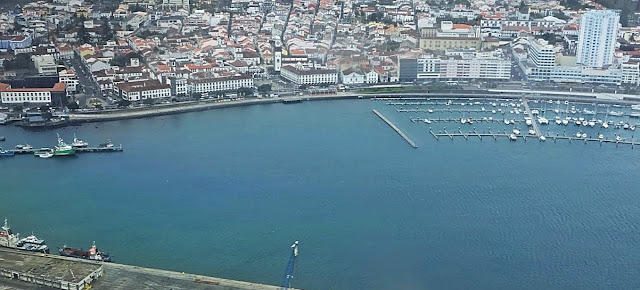

























.jpg)











































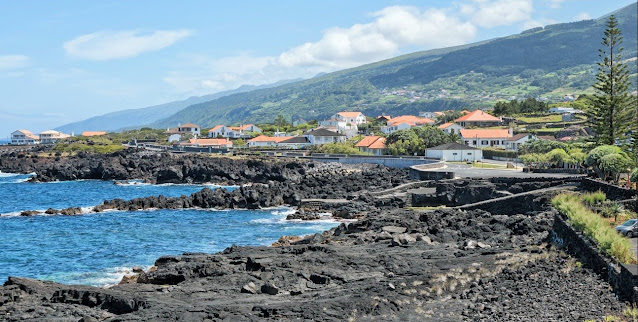





































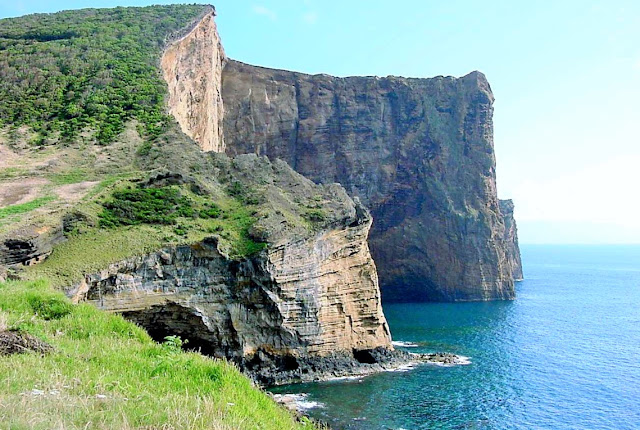

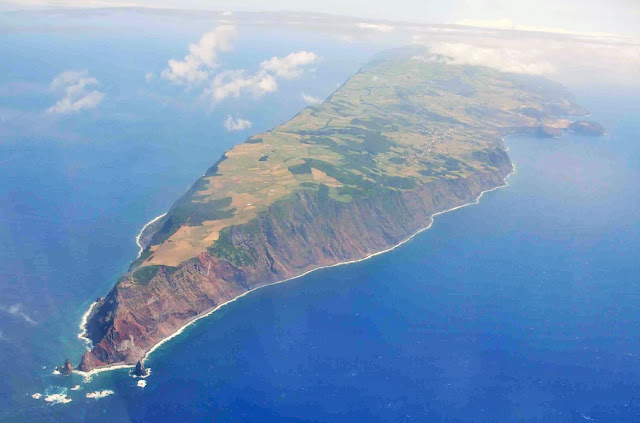















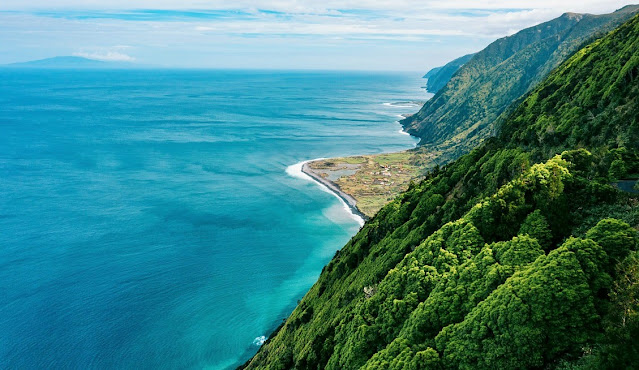





































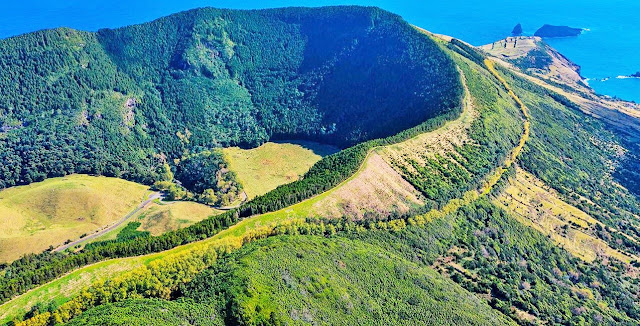




































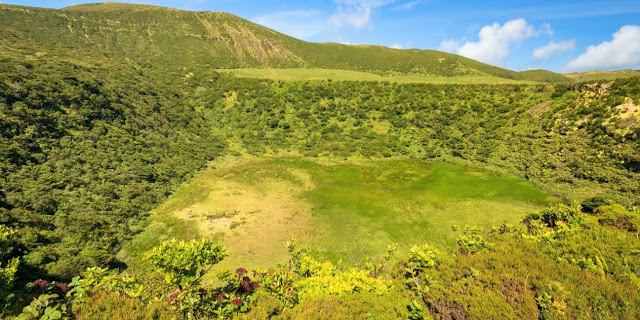
















































No comments:
Post a Comment